- Joined
- Nov 3, 2014
- Messages
- 166
Chrysoprase is great to cab and looks great! It is however a type of chalcedony which is the type of stone agate is comprised of. Good thing about it is unlike types of jaspers and mixed minerals stones, you don't really get hard or soft spots where you can get undercutting. Definitely give it a go mate!

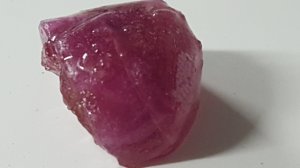
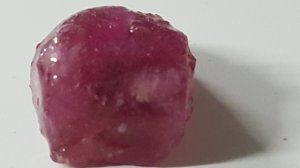
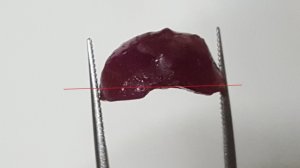
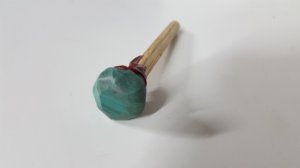
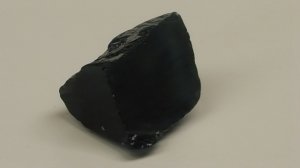
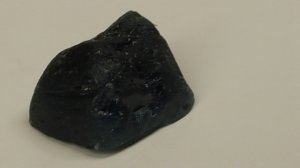
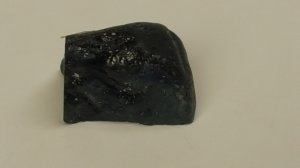
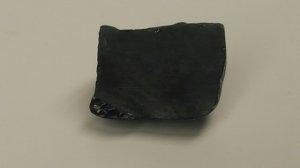
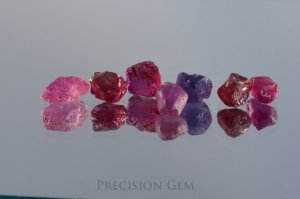
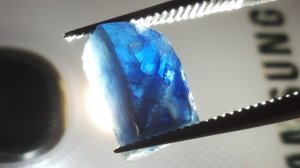
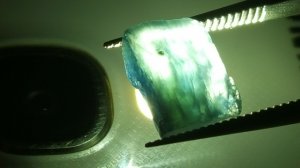


300x240.png)